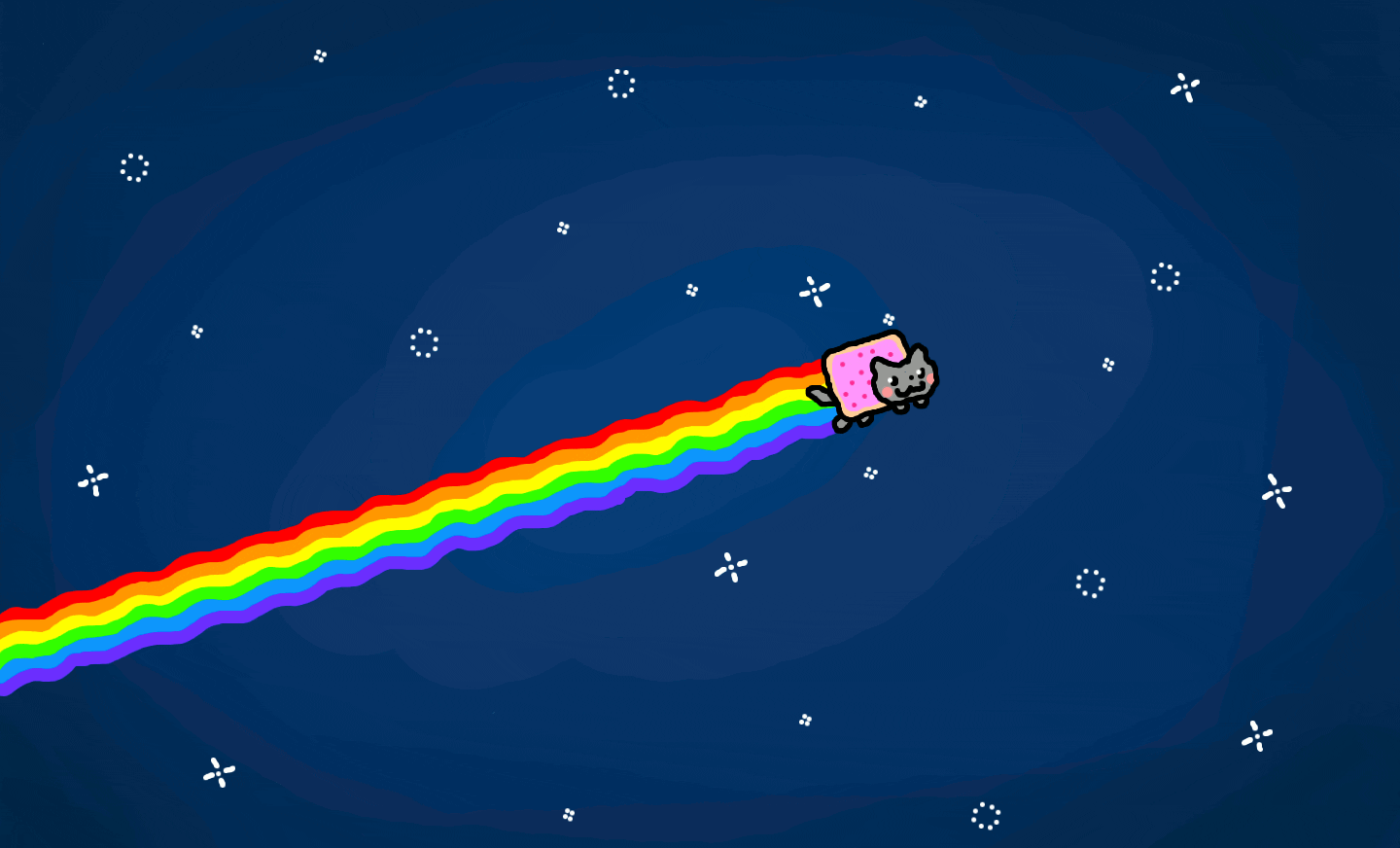
This series of moving images that are repeated in a loop has the name GIF and this year 2017 marks 30 years since its appearance, back in 1987, as a simple format for the connections that the time had and that also it has become very popular on the internet and to communicate between users of social networks to this day.
In 1986 the development of GIF began and the company that initially started with its creation was CompuServe, which was able to offer primitive services online and which allowed users to have access to chat rooms, forums or stock information through the modems they had.
The GIF became the subject of some discussion in his first moments of life
This compression technique I was using in 1985 had been introduced by the Unisys industry, which is when CompuServe said they knew nothing about it. And it didn't happen until 1994 which was when these two companies put together and the Unisys company announced that were to allow the use of the licensed format in exchange for a small amount to commercial properties.
The person who started doing these moving images or GIF, he did it as a way to present static images and it was engineer Steve Wilhite. In this way, his boss Sandy Trevor wanted to help him solve the two main problems that he had at that time.
wilhite made the GIF based on a compression protocol that did not generate loss with the name of Lempel-Ziv-Welch (LZW), managing to have in May 1987 its first completely ready version, which was the image of an airplane.
Before Sir Tim Berners-Lee invented the World Wide Web And after the Mosaic browser made it very popular, the GIF made its appearance two years before, just as they wanted to do, and of course they managed to render informative images and stock charts with a reduced file size.
However, from the years 1994 to 1995, it was the time when people from all over the world started developing their own web pages on sites like Geocities, causing what's called the GIF craze moment, so that the format with the create animated images in the form of a loop it became indispensable in those early years.
In the course of the 90s and in the twentieth century there was an increase in Geocities, accompanied by the reasons that were represented and causing the GIF to constantly associate with fun.
The GIF could be uploaded by one of those first timers page designers web of the time, using the old 56k modems, in a somewhat small part time.
However, the phenomenon of the spread of the GIF, had an end as fast as its beginning and it is that in the first years of the XXI century, as the design of the web was changing, these animations were disappearing, apart from the fact that in 1997 and 1998 the GIF patents expired, causing other digital developers such as Olia Lialina, take the opportunity to investigate the functions of this format and due to the work of all of them, they managed to rescue the GIF by turning it into a format with more attention, as a way of visual communication.
However, taking into account everything that happened, the GIF has managed to stay on the internet. Although for people like Adam Leibsohn and companies like CEO of Giphy, represents being a rebellious format, since it gives users the possibility to publish these images in places where they should not be.
In spite of everything and today, the GIF has made its comeback because of the many platforms found on the internet. Popular social networks like Facebook and Twitter and mass media like Buzzfeed have implemented its use.
And taking advantage of the GIF turns 30, we name some of the most popular as Michael Jackson eating popcorn and Kermit the frog desperately typing a typewriter.

